Current Status Of Vietnam's Agriculture And Fisheries Industry And Export Market
Current Status Of Vietnam's Agriculture And Fisheries Industry And Export Market
What is the current status of Vietnam's agriculture and fisheries industry, and how is it performing in the global export market? With the ongoing transformation of Vietnam industry, these sectors significantly contribute to national economic growth. Vietnam's agricultural and fisheries products are crucial to its export success, from rice and coffee to seafood and aquaculture. Dive into this article to discover key products, emerging trends, challenges, and prospects in these vital industries.
Vietnam's Agriculture Industry: Key Products and Export Markets
Vietnam's agriculture industry is a cornerstone of the nation's economy. The sector has grown significantly, with key products driving the export market. As the Vietnam industry continues to grow, its agricultural exports are becoming increasingly vital globally.
Rice – The Backbone of Vietnam's Agriculture
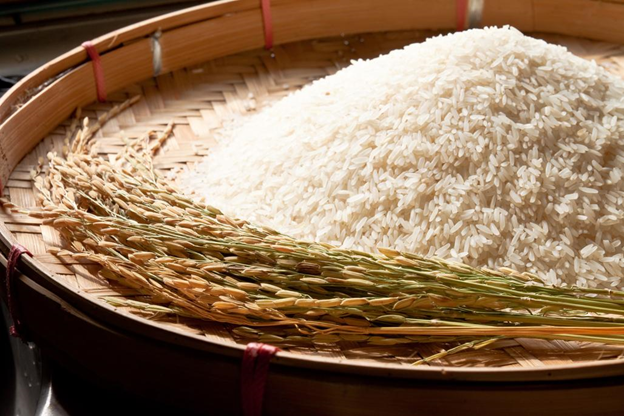
Rice is the backbone of Vietnam’s agriculture (Source)
Rice is Vietnam's most important agricultural product and one of the world's largest exporters. In 2024, Vietnam produced over 43 million metric tons of rice, with approximately 6 million tons exported, making it the second-largest rice exporter globally.
The Mekong Delta, Vietnam's rice bowl, contributes significantly to the country's production. There is strong demand for Vietnam’s rice exports in regions such as Asia, Africa, and the Middle East.
Coffee, Rubber, and Other Key Exports
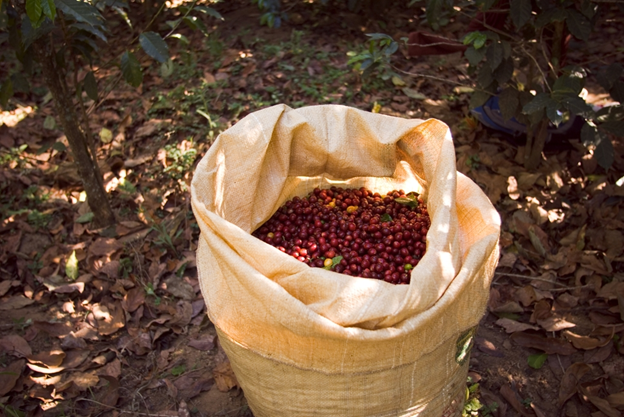
Vietnam ranks among the top coffee producers (Source)
Vietnam ranks among the top global coffee producers, with a focus on Robusta beans. Coffee exports remain a strong part of the Vietnam industry, ranking as the second-largest coffee exporter globally, just behind Brazil. In 2024, the country earned nearly $3.3 billion through its coffee exports.
Rubber is another major export product. In 2023, rubber exports were valued at $1.6 billion. Vietnam ranks as one of the top exporters of rubber, particularly to China, the United States, and other markets. Furthermore, the cultivation of cashews, pepper, and various spices greatly supports agricultural exports, providing a significant economic boost.
Fruits and Vegetables: Expanding Export Markets
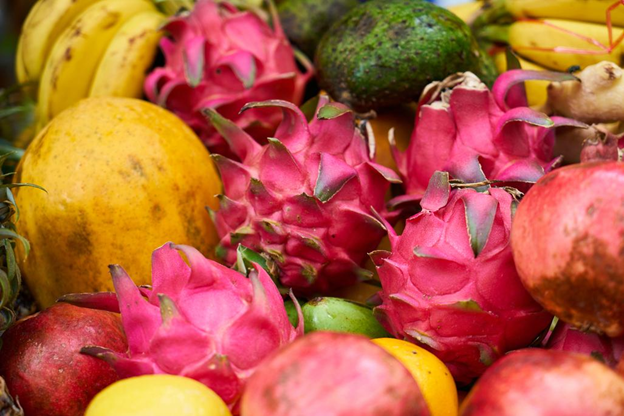
Fruits and vegetables (Source)
The fruit and vegetable export market is witnessing significant growth. Vietnam now exports a variety of tropical fruits such as dragon fruit, lychees, and mangoes, expanding its reach to new markets in Europe and North America. The increase in demand for organic and high-quality produce has been key in boosting exports.
Fruits and vegetable exports hit over $5.6 billion in 2023, showing a remarkable rise from previous years. The sector benefits from enhanced production methods and expanded international trade agreements, contributing to Vietnam's strong presence in the global agricultural market.
Challenges in the Agriculture Sector
Despite the successes, the agriculture sector in Vietnam faces several challenges. Climate change, land degradation, and labor shortages are significant concerns. These issues impact the productivity and sustainability of the Vietnam industry.
Small-scale farmers struggle with the costs of modernizing their farming techniques, making it challenging to keep up with global demands for quality and sustainability. Furthermore, increasing competition from other agricultural producers in Southeast Asia poses another challenge.
The State of Vietnam's Fisheries Industry
Vietnam's fisheries industry is a key contributor to the nation's economy and export market. The sector has seen continuous growth, driven by wild capture and aquaculture production. As the world increasingly focuses on sustainable fishing practices, Vietnam is working to strengthen its position as a global leader in seafood exports.
Key Fisheries Products and Export Markets
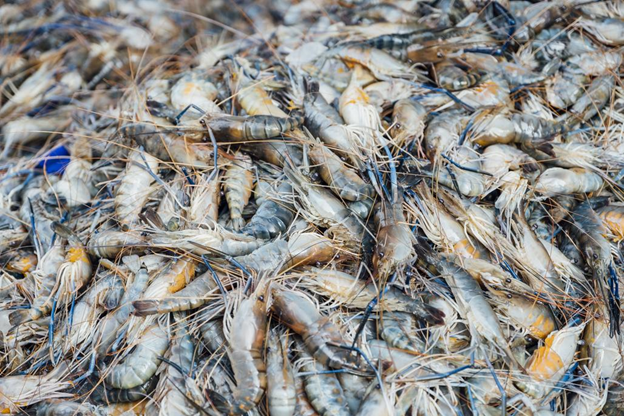
Vietnam ranks among the top global shrimp exporters (Source)
Vietnam stands out for its extensive range of fisheries products, from shrimp to catfish and various seafood varieties. Vietnam ranks among the top global shrimp exporters, with significant markets in the U.S., Japan, and the European Union.
In 2023, Vietnam's seafood exports were valued at over $9 billion, with shrimp accounting for a significant share. As the demand for seafood rises, key markets for Vietnam's fisheries products expand, particularly in Asia and North America.
The Role of Aquaculture in Vietnam's Economy
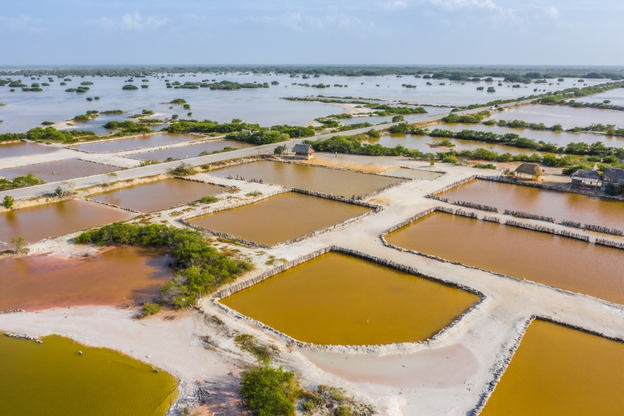
The role of aquaculture (Source)
Aquaculture is an essential component of Vietnam's fisheries sector. With nearly 70% of the nation's fish production coming from farmed sources, the industry's reliance on aquaculture has only increased. This method has helped the country meet the growing demand for domestic and international seafood.
In 2023, the aquaculture industry's contribution to Vietnam's GDP was valued at $ 9.2 billion, demonstrating its significance. The sector has driven rural employment and is pivotal in stabilizing supply chains. The expansion of aquaculture is vital to strengthening Vietnam's industry and ensuring long-term food security.
Sustainable Fisheries and Challenges to Overcome

Sustainable fisheries (Source)
Sustainability is a growing concern in fisheries, especially with increasing demands and environmental challenges. Overfishing, pollution, and climate change threaten the sector's long-term viability.
Vietnam has focused on improving fisheries management, adopting eco-friendly practices, and promoting sustainable aquaculture to counter these risks. However, more work is needed to meet global sustainability standards and maintain the growth trajectory of this vital sector.
Government Support for the Fisheries Industry
The Vietnamese government has been a strong advocate for the growth of the fisheries industry, implementing various policies to enhance productivity and competitiveness. These measures include financial support, infrastructure development, and international trade agreements to expand market access.
The government also focuses on improving sustainability in fisheries by promoting better practices and increasing the sector's compliance with global standards. These efforts are vital for maintaining the Vietnam industry's growth and positioning it for future success.
Export Market Trends for Vietnam's Agriculture and Fisheries Products
With rising global demand, Vietnam's exports have expanded to numerous markets. Key trends are shaping the future of Vietnam's agricultural exports, from new destinations to a growing focus on sustainability.
Key Export Destinations for Vietnam's Agricultural Goods
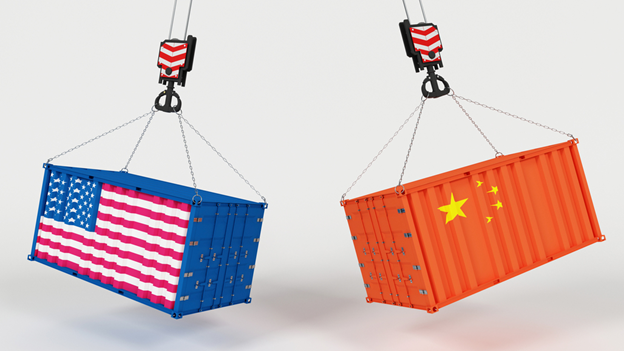
Key export destinations (Source)
Vietnam's agricultural goods are in demand across the world. Major export destinations include the U.S., China, and the EU. Rice, coffee, and seafood are among the leading products, contributing to the country's strong presence in global trade. In 2024, Vietnam's agricultural exports to these markets grew by 18.5%, further cementing its position as a top exporter in the region.
Growing Demand for Sustainable and Organic Products
Consumers worldwide are increasingly seeking sustainable and organic products. As the global trend toward eco-friendly and organic food continues, Vietnam's agriculture is adapting. Exporters are responding by focusing on sustainable farming practices and organic certification. This shift helps Vietnam maintain its competitive edge and appeal to environmentally conscious markets.
Vietnam's Competitive Edge in Global Agricultural Trade
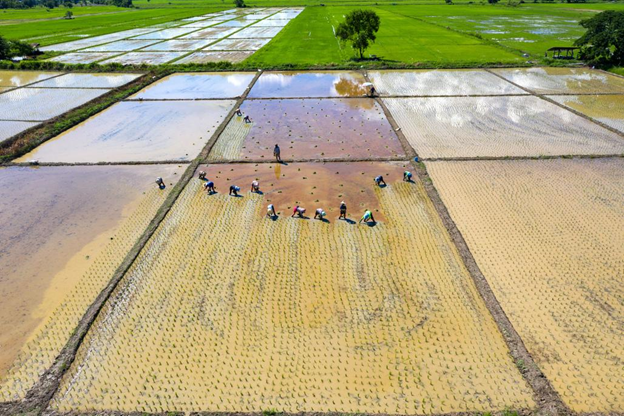
Vietnam’s competitive edge in global agricultural trade (Source)
Vietnam has established a competitive edge in global agricultural trade due to its diverse climate, favorable soil conditions, and efficient production methods. The country's ability to produce a wide range of high-quality products at competitive prices has made it a preferred supplier to international markets.
Additionally, Vietnam's proximity to key shipping routes allows for cost-effective transportation, enhancing its position in the global trade network. This competitive advantage is helping the Vietnam industry expand its share in international markets.
Trade Agreements and Their Impact on Exports
Trade agreements have played a significant role in opening new markets for Vietnam's agricultural and fisheries exports. Agreements such as the Comprehensive and Progressive Agreement for Trans-Pacific Partnership (CPTPP) and the EU-Vietnam Free Trade Agreement (EVFTA) have facilitated easier access to key markets by reducing tariffs and improving trade relations.
These agreements have strengthened Vietnam's trade partnerships and boosted exports, particularly for agricultural products like rice, coffee, and seafood.
Future Outlook for Vietnam's Agriculture and Fisheries Industry
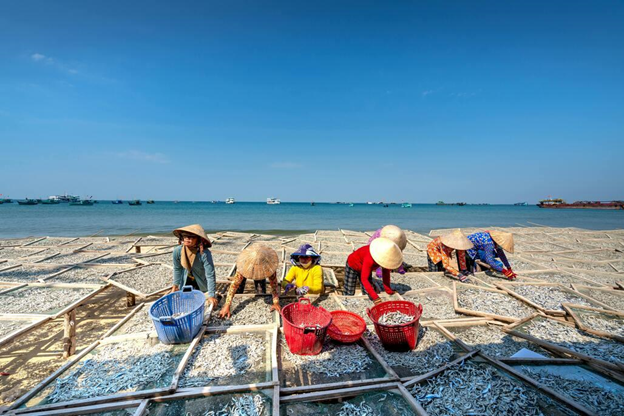
Vietnam agriculture and fisheries industry outlook (Source)
The future of Vietnam's agriculture and fisheries industry is shaped by several trends that promise growth and innovation. New technologies, sustainable practices, and increased global demand for eco-friendly products drive the continued evolution of this sector. Here's a look at what's to come.
Trends Shaping the Future of Agriculture
Vietnam's agricultural sector is expected to experience significant growth driven by emerging trends such as increased diversification of products and the expansion of organic farming. Rice, the backbone of the Vietnam industry, will remain crucial, but other crops such as fruits, vegetables, and medicinal plants will grow in importance.
Additionally, the rise of innovative farming techniques, including precision agriculture, enables farmers to enhance yields while reducing environmental impact. As consumer preferences shift toward healthy and organic food, Vietnam's agriculture sector aligns itself with these demands to stay competitive.
The Role of Technology in Enhancing Productivity
Technology is revolutionizing the agriculture and fisheries sectors in Vietnam. Advances in precision farming, digital tools, and automation are improving productivity and efficiency. These innovations help farmers manage resources more effectively, reduce costs, and increase crop yields. The application of technology is key to enhancing the Vietnam industry's global competitiveness.
Sustainability and Green Practices in Vietnam's Agriculture and Fisheries
Sustainability is becoming a core focus in both agriculture and fisheries. Farmers and fishers are adopting green practices, such as integrated pest management and sustainable aquaculture methods. These initiatives are crucial for reducing environmental impact while meeting the growing demand for eco-friendly products. As Vietnam continues prioritizing sustainability, it will enhance its standing in the global market for sustainable agriculture and fisheries.
Can Kizuna Support Vietnam's Agricultural and Fisheries Sectors?
Yes, Kizuna can support Vietnam's agricultural and fisheries sectors by offering ready-built factory solutions, business support services, and a stable environment tailored to the needs of small and medium enterprises. Its ecosystem helps improve production efficiency and meet export standards for global markets.
Services Offered
Kizuna provides a suite of services designed to support agricultural and fisheries enterprises:
- Ready-built serviced factories with optimal designs
- Comprehensive support services, including administration, IT, and environmental reporting
- Consulting on investment and licensing procedures
- Worker recruitment assistance
- Multilingual support for diverse business needs
Impact on Agriculture and Fisheries
Kizuna creates ideal conditions for food processing and seafood packaging businesses. Its industrial parks support hygiene and sustainability standards required for exports. This directly improves value-added production and export readiness in the Vietnam industry. Factories operate efficiently with minimized setup time.
Sustainability Commitment
Kizuna promotes eco-friendly practices across its parks. Its facilities use solar power, treat wastewater, and reduce emissions. These efforts align with Vietnam's push for green development in agriculture and fisheries. Sustainability builds resilience and long-term value for the Vietnam industry.